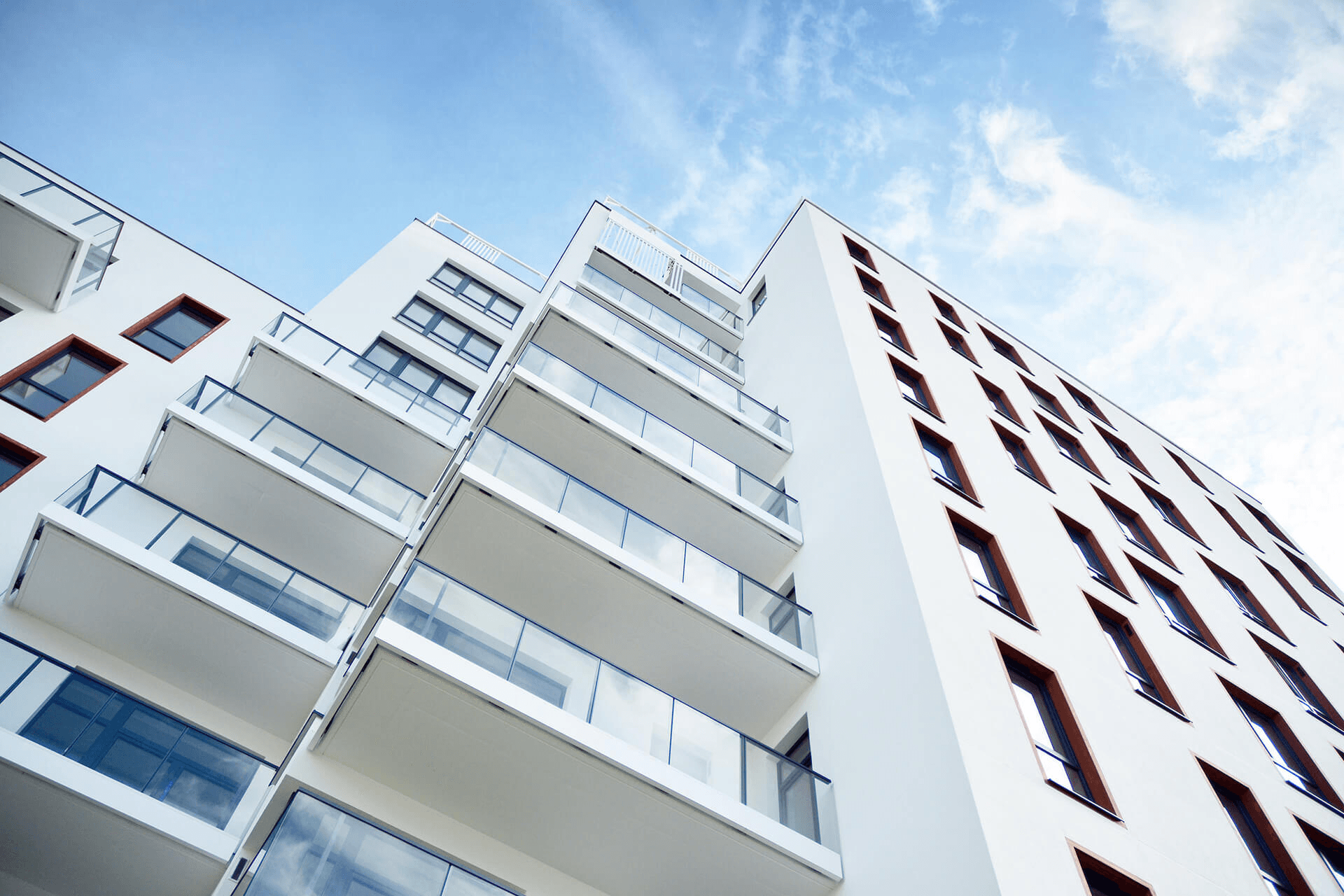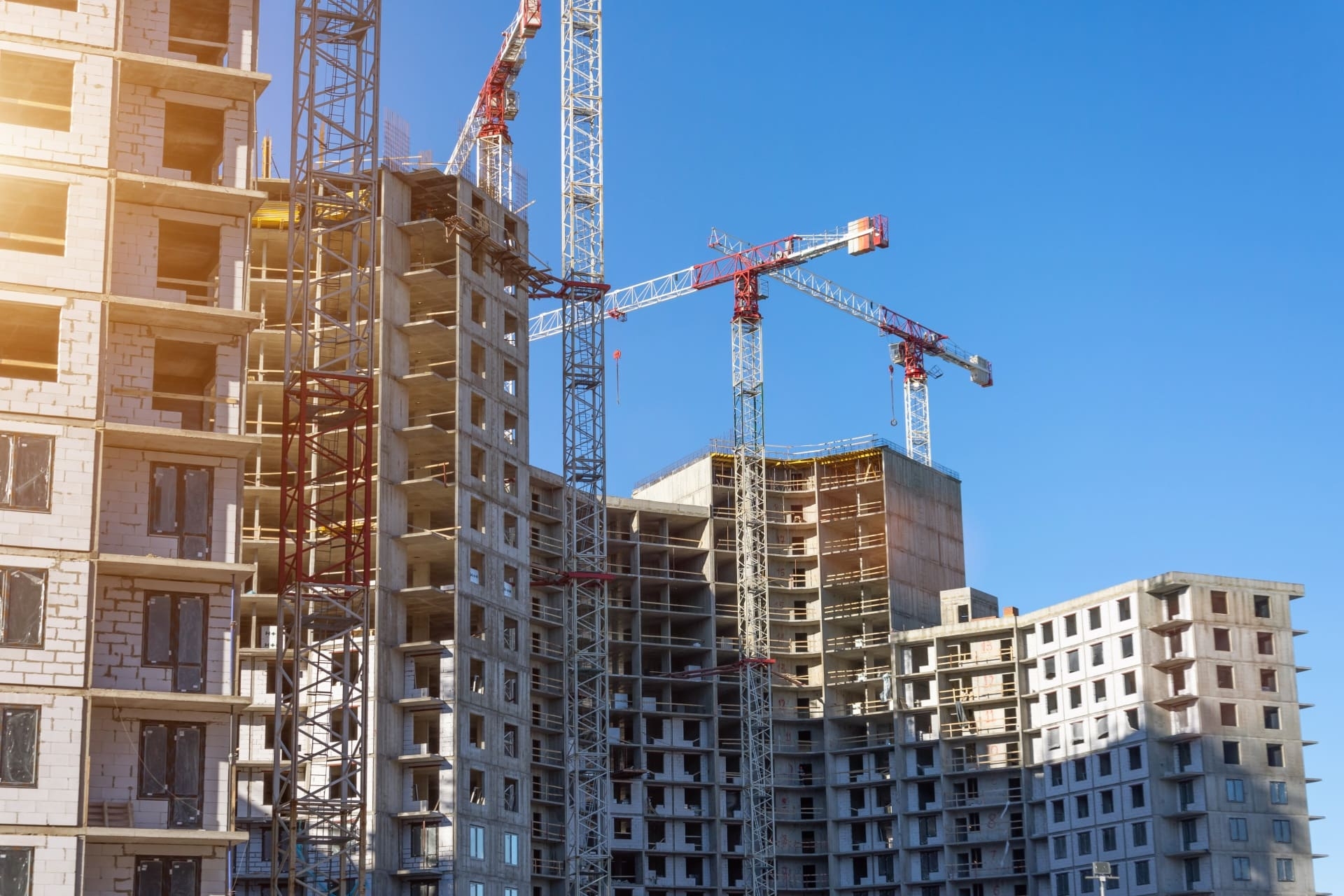Which floor is best to buy an apartment on

Choosing an apartment to buy is a complicated process, as you need to make many decisions. Which neighborhood is better to settle in, which house to choose - a new building or an old one, which layout to give preference to - all these questions need to be answered. They are also connected to them and the question of choosing the floor.
It is impossible to unequivocally answer that only this floor is good and this floor is bad. All floors without exception have their pros and cons. Let's take a closer look at the best floor on which to buy an apartment. Study the advantages and disadvantages of the first and second, middle and upper floors - and only then make an informed decision.
First floor: pros and cons
One of the main advantages of the first floor is that there is no need to use the elevator. If for some reason there is no electricity, you will not have to walk to the upper floors. The risk of getting stuck in the elevator is also eliminated. The first floor is a good solution for the elderly, families with small children, and people with disabilities.
Another plus of the lower floor is the possibility of making an extension, but it is important to make sure that in a particular house it can be done absolutely legally. A large balcony will significantly expand the area of the dwelling.
An apartment on the first floor can also be re-registered as commercial real estate and profitably resell it or rent it out to a business owner. But it is important to realize that this works only if the house has a favorable location in a crowded place and the windows do not face the courtyard.
Key advantages of apartments on the first floors:
more favorable cost - about 10-15% lower;
possibility to make an extension and expand the area;
no connection to the elevator;
the possibility of using the apartment for commercial purposes;
saving on apartment maintenance costs (no elevator fee);
quick evacuation in case of fire;
easy moving and savings on movers;
no downstairs neighbors.
Apartments on the first floor have more disadvantages than advantages. One of the serious disadvantages is the low level of security. For a dwelling on the 1st floor it is necessary to put an alarm system or bars on the windows, as the risk of thieves is quite high. In addition, in the windows on the first floor will regularly look into the windows of strangers, so you will have to constantly close them with curtains, which significantly reduces insolation. There is also a risk that children in the yard will hit the window with a ball.
When living on the ground floor, unpleasant odors from the basement can be heard. If the basement is in bad condition, the apartment will be damp all the time. If the windows overlook a busy street, the apartment will be noisy, in addition, the dust from the road will fly into the house.
Disadvantages of an apartment on the first floor:
A higher risk of thieves getting in;
the need for grilles and alarm systems;
insufficient insolation;
noise and dust from the street;
dampness and unpleasant odors from the basement;
poor water pressure and quality (depends on the type of water supply in the house);
cold floors.
Second floor: pros and cons
In many new buildings, the first residential floor is the second level, as the first one is occupied by commercial premises. This is both a plus and a minus. Residents are at a distance from the basement, it is still not necessary to use the elevator, the level of security is slightly increased. But it also equalizes the cost of housing, which in this case does not differ from the prices of apartments on the middle and upper floors.
The location above the store may not be an inconvenience, but it can be a serious disadvantage. If there is a supermarket downstairs, it will be noisy all the time, as cars will be coming up to unload goods. If on the first floor there are ordinary small stores, there will probably be no disadvantages, but you can run out of the house for bread without taking off your home clothes.
On the second floor is still quite noisy, and from the street dust and dirt flies into the apartment. If the windows face the road, you can't count on clean air in this case.
Middle floors: pros and cons
Apartments on the middle floors are among the most sought-after and, logically, among the most expensive. They have almost none of the disadvantages that the first and second floors have, with many advantages.
One of the main pluses of living space on the 3-9th floor is a beautiful view from the window. Many people find it unimportant, but for nothing, because the picturesque view has a positive effect on the psychological health of a person. Cleaner air is also added to it, as dust from the streets and exhaust fumes from cars do not rise here as much. Trees do not cover the windows, so you can count on good natural light.
An apartment on the middle floor is considered to be more liquid, as it will be quicker and more profitable to sell or rent.
The key advantages of apartments on the middle floors:
picturesque view from the windows;
clean air;
good level of insolation;
high liquidity;
quietness, lack of noise from the street.
Housing on the 3rd floor or higher has disadvantages. The main disadvantage is the dependence on the elevator. If on the 3-4 floors it is still not so strong, then above it will already be more difficult to do without the elevator in case of its breakdown or lack of electricity.
Disadvantages of an apartment on the middle floor:
Being tied to the elevator (especially for apartments above the 5th floor);
presence of neighbors from below and above;
high cost compared to apartments on the lower and upper floors.
Upper floors: pros and cons
Most buyers give preference to real estate on the upper floors because of the beautiful view of the city. Also, such apartments can be a bit more affordable, although this depends on the specific situation and is not necessarily a factor.
Breathtaking sunsets or sunrises are not the only advantage of housing on the upper level of the building. Clean air, lack of noise, and plenty of natural daylight are additional significant advantages of apartments upstairs. If we are talking about a new building, in such buildings, technical communications are often under the roof, and this positively affects the water pressure and air temperature in the apartment.
The key advantages of apartments on the upper floors are:
marvelous views from the windows;
plenty of daylight;
no noise, dust or exhaust fumes;
lower probability of break-ins;
absence of mosquitoes and other flying insects.
If we are not talking about an ordinary apartment on the upper floors, but about a penthouse or spacious real estate with panoramic windows, the disadvantage may be the high cost of real estate, although the price justifies itself because of the increased level of comfort of housing.
When choosing a floor, it is important to take into account that the upper levels are not suitable for everyone. If you're looking at a house with 14 or more floors, it's worth checking how you feel when you're in the apartment. In some people, high altitude causes dizziness and fear, so in this case it is better to refuse the upper floors.
A significant disadvantage is a serious connection to the elevator. It is difficult to walk to the 10-14th floor or even higher, even for those who are in good physical shape. Therefore, it is better for parents with small children or elderly people to choose a lower floor.
The disadvantages of an apartment on the top floor:
Fear of heights;
higher risks to life in the event of a fire;
dependence on elevators, long waits for elevators;
difficulty in moving or delivering heavy goods;
bad air (only if there is a factory or plant nearby, as the smoke from them is concentrated at the level of 8-16 floors).
Top floor: pros and cons
An apartment on the top floor basically assumes the same pros and cons as housing on the upper floors. An additional advantage of such housing is the absence of neighbors from above, that is, you do not have to worry that someone will flood the apartment. If the housing is in an old house and there is no technical floor, then here you need to be afraid not of neighbors, but of the poor condition of the roof, as it can leak.
If you buy an apartment on the top floor, it is best to look for a new building. In this case, you will not have to suffer because of the heat, because the roof heated up, or collect money to repair a leaky roof.
Tips from experts: which floor to choose after all
Everyone has his or her own opinion about which floor is better to buy an apartment on. For some, the decisive factor will be the beautiful view from the window, for others - the ability to move around without an elevator. Experts have their own opinion on this matter. According to WHO, the best place to live in an apartment building is on the 7th floor. Apartments located higher up are characterized by poor air quality, while those below have low light levels, noise and poor views from the windows.
However, when choosing an apartment, you should not rely on WHO data, but on your personal needs. If you need housing for elderly people or a couple with a child, it is better to look at the lower floors. The middle levels are suitable for almost everyone. Housing on the upper floors is a good option for those for whom a beautiful view of the city is important.



